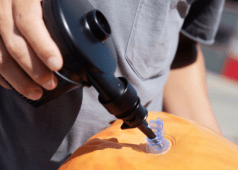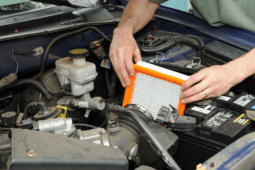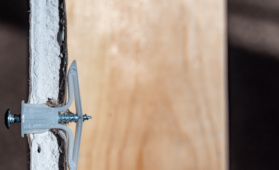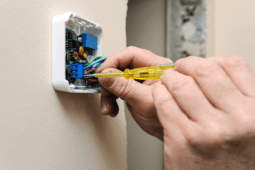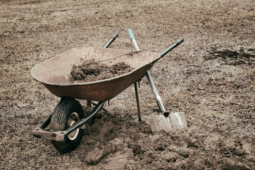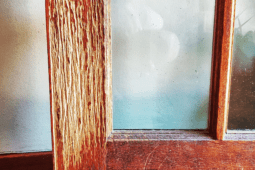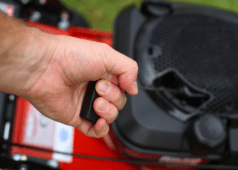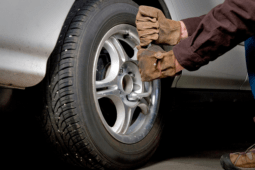How to Sharpen a Knife While Preserving Its Edge
Keeping your knives sharp is essential for efficiency and safety in the kitchen or workshop. A dull knife requires more effort, increasing the risk of accidents and leading to uneven cuts or poor performance. This guide will walk you through the techniques and tools needed to sharpen various types of knives and materials, ensuring your blades perform at their best.
Understanding Knife Materials
Knives can be made from various materials, each with unique sharpening requirements. Common materials include stainless steel, carbon steel, and ceramic. Stainless steel is durable and resistant to rust, but its hardness can make sharpening slightly challenging. Carbon steel sharpens more easily but requires regular maintenance to prevent rust. Ceramic knives, though extremely sharp, are brittle and need specialized sharpening tools.
The sharpening process varies depending on the material. For stainless and carbon steel, whetstones, honing rods, or electric sharpeners work well. Ceramic knives, on the other hand, require diamond stones or professional sharpening services due to their hardness. Understanding your knife’s material will help you choose the right sharpening technique.
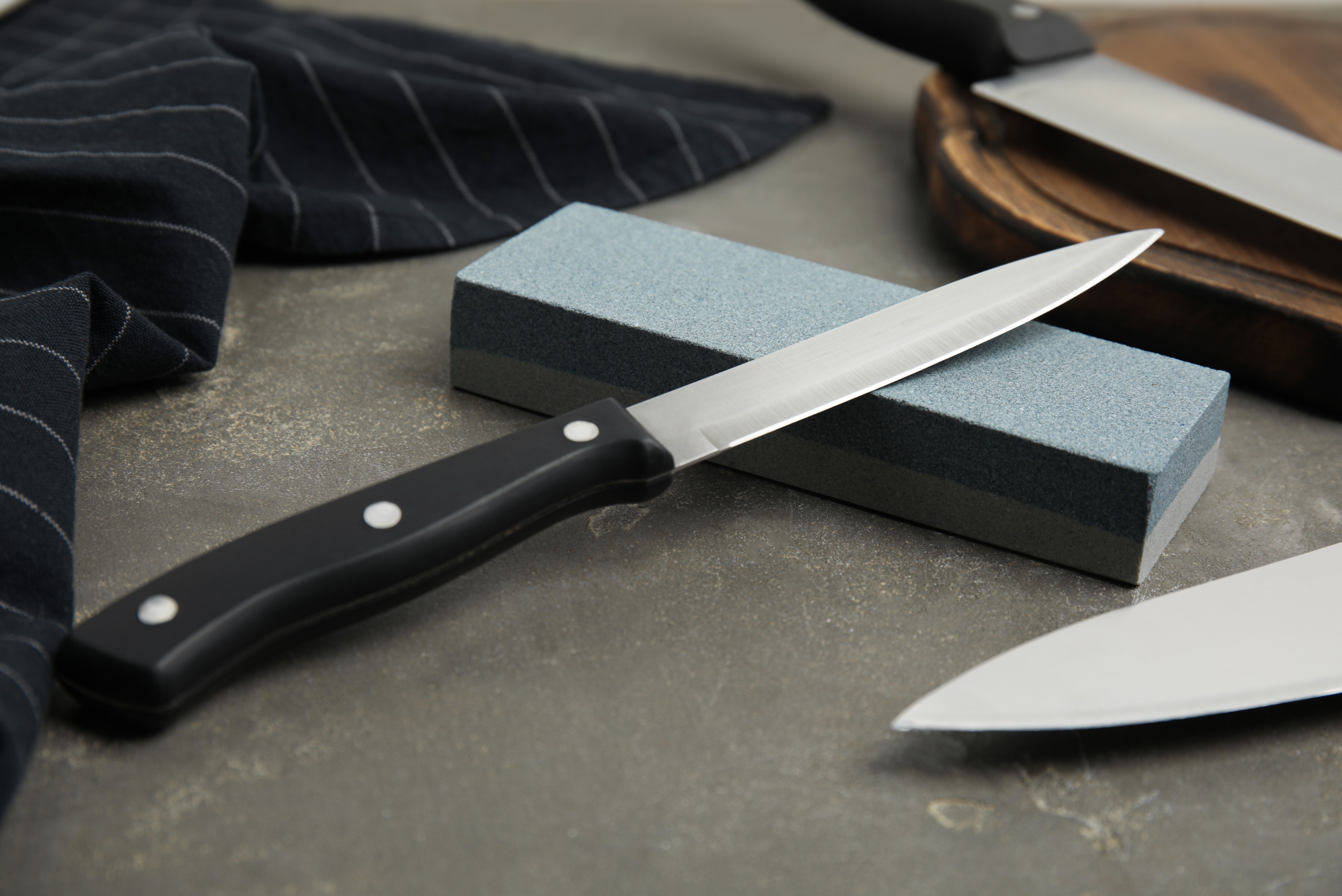
Choosing the Right Sharpening Tool
There are several tools available for sharpening knives, including whetstones, honing rods, electric sharpeners, and manual sharpeners. Whetstones offer the most control and can sharpen a blade to razor-sharp precision. Honing rods are ideal for maintaining sharpness but aren’t effective for dull knives. Electric sharpeners are convenient for quick sharpening but may not suit all knife types.
Your choice of sharpening tool depends on the type of knife and your skill level. For precision, a whetstone is the best option, especially for high-end knives. For everyday kitchen knives, manual or electric sharpeners are convenient and efficient.
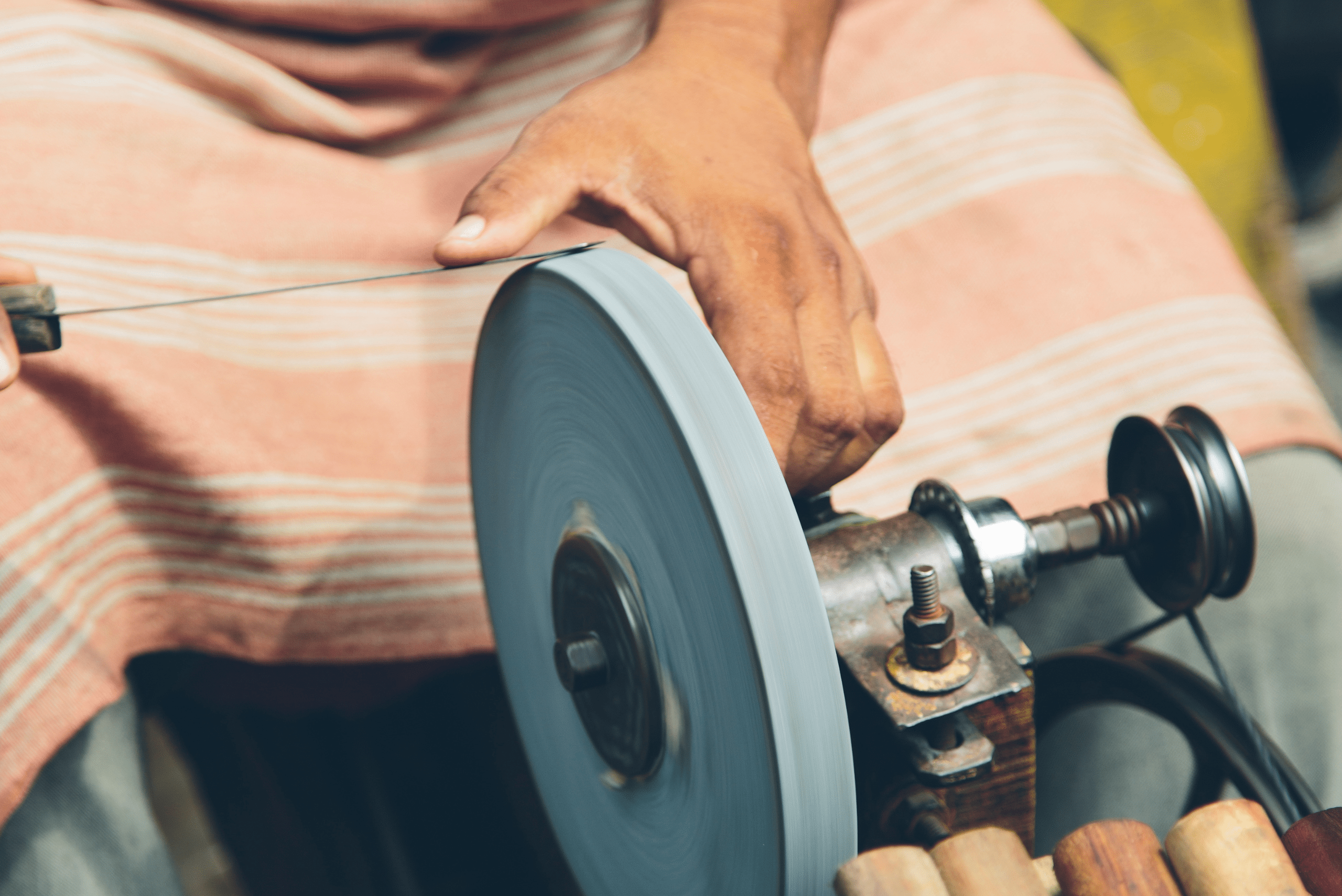
Sharpening Chef’s and Kitchen Knives
Chef’s knives, typically made from stainless or high-carbon steel, are the workhorses of the kitchen. To sharpen them, start by soaking a whetstone in water if necessary. Then, position the knife at a 15-20 degree angle against the stone. Push the blade across the stone in a sweeping motion, ensuring even coverage. Repeat on the other side and finish with a honing rod to realign the edge.
For electric sharpeners, follow the manufacturer’s instructions. Pass the blade through the slots, ensuring a consistent angle. Kitchen knives used for soft food items may not require as fine an edge as those used for precision slicing, so adjust your sharpening technique accordingly.
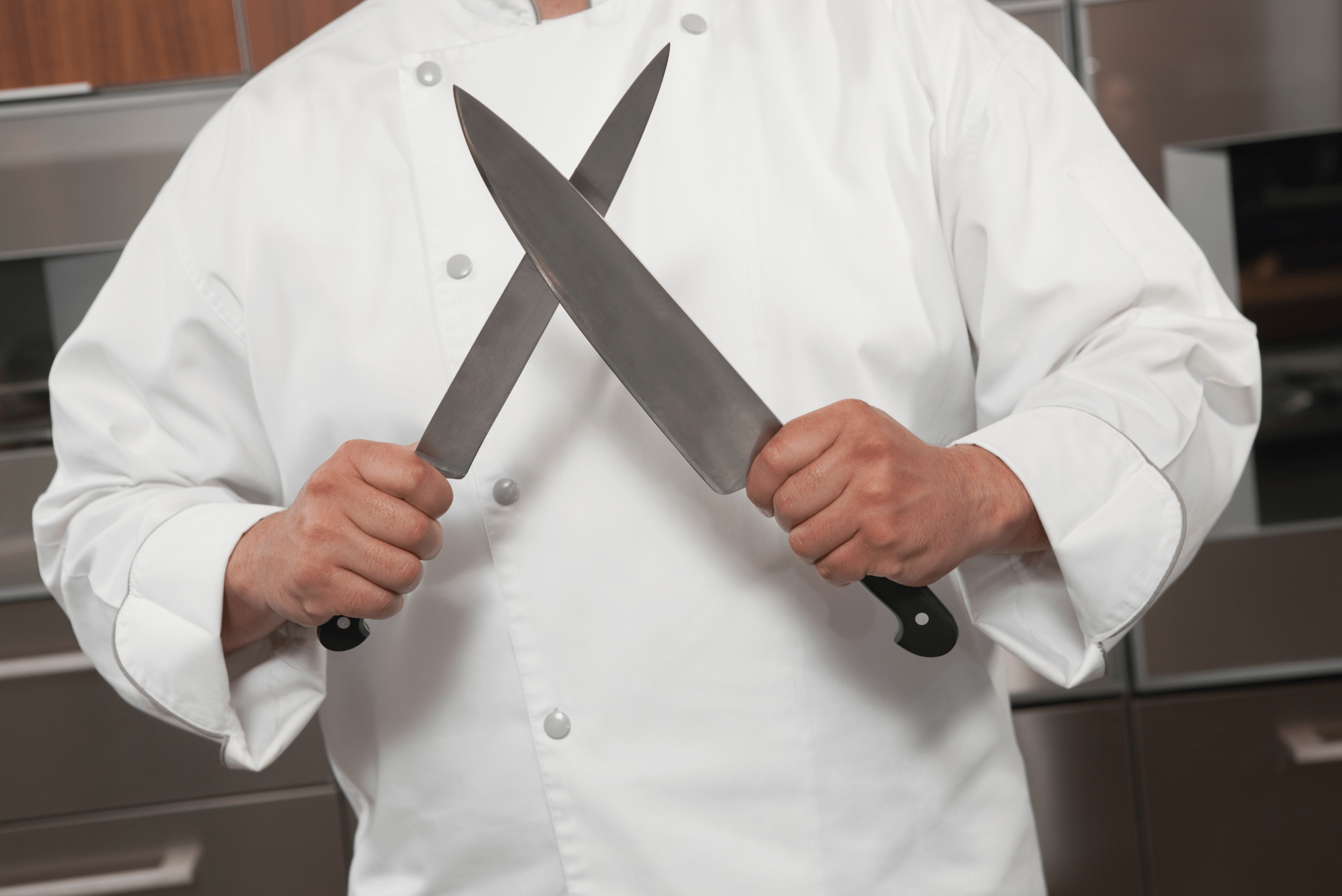
Sharpening Serrated Knives
Serrated knives are designed for sawing through tough or crusty surfaces, like bread or tomatoes. Their unique edges require special attention. Unlike straight-edged knives, you only sharpen the beveled side of the blade.
Use a serrated knife sharpener, typically a small rod, to work each serration individually. Insert the sharpener into each groove, matching the angle of the bevel. Use gentle strokes to avoid wearing down the teeth. For maintenance, focus on preserving the serration’s shape rather than achieving a razor-sharp edge.
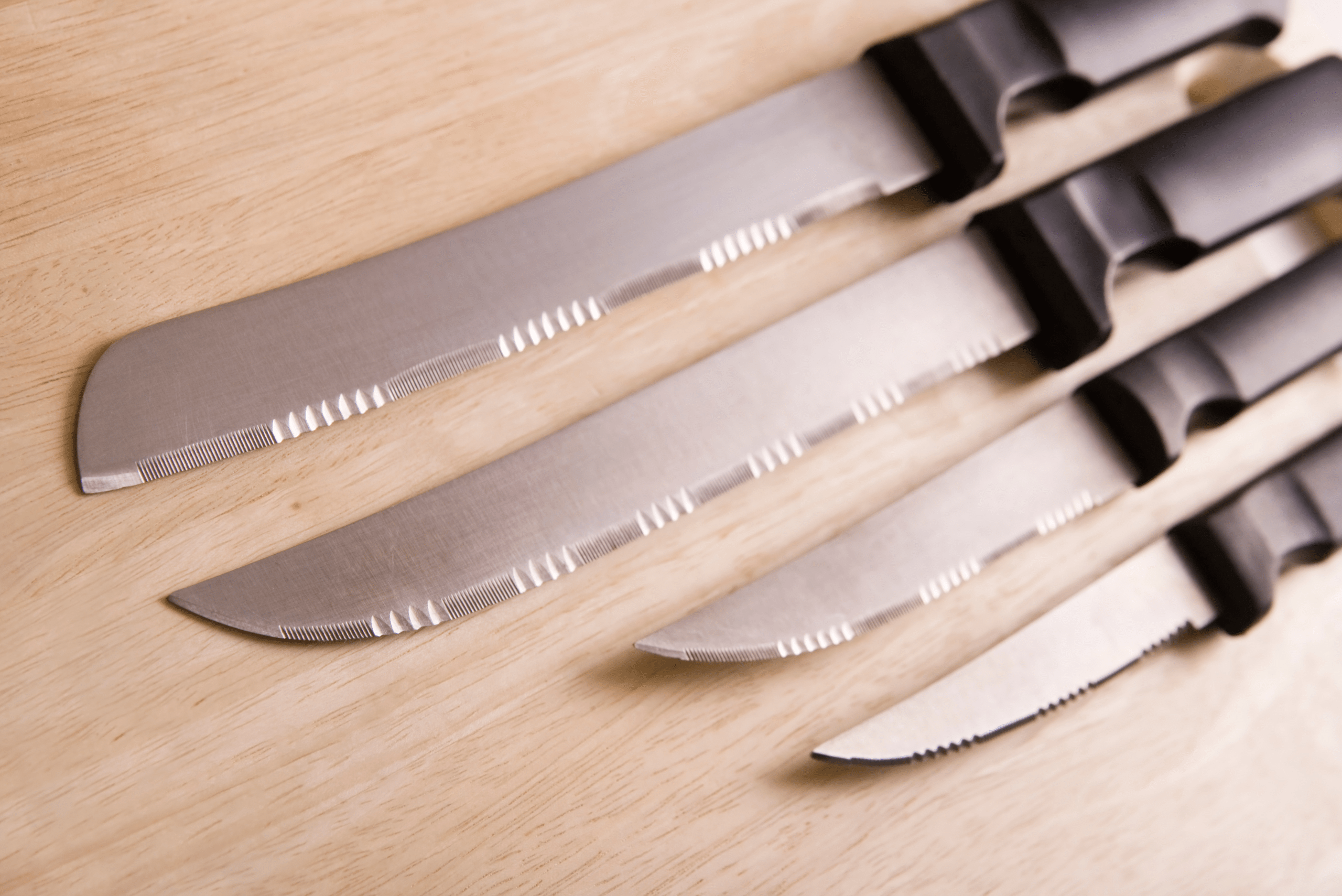
Sharpening Outdoor and Utility Knives
Outdoor knives, such as hunting and pocket knives, are often made from high-carbon steel for durability and sharpness. Use a whetstone or portable sharpening system to restore the edge. For field sharpening, a small diamond stone or portable sharpener is ideal.
These knives typically require a slightly steeper angle, around 20-25 degrees, to maintain durability. Sharpen both sides evenly, and finish by stroking the edge lightly with a leather strop to remove any burrs and polish the blade.
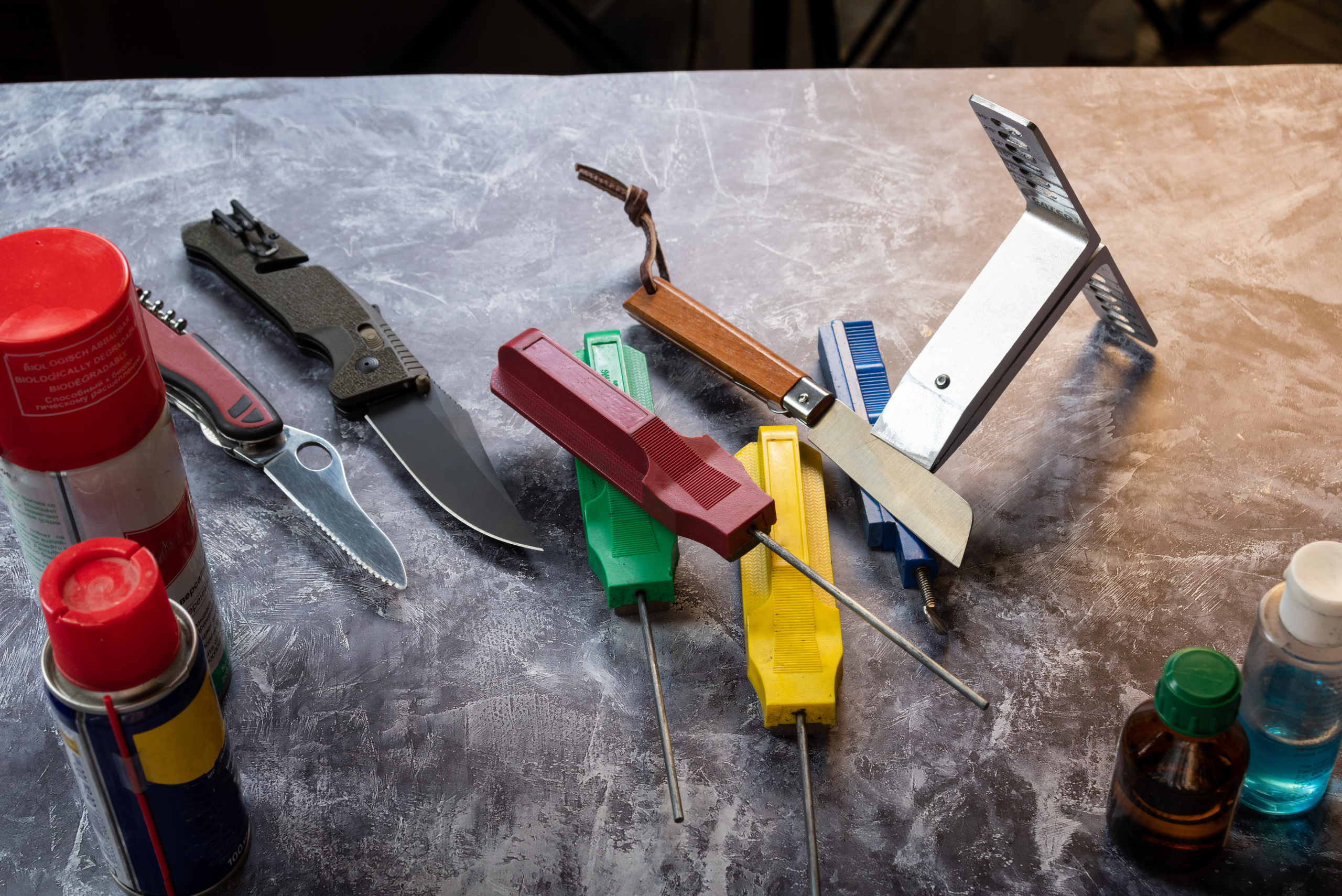
Maintaining Knife Sharpness
Regular maintenance extends the life of your knife’s edge. Honing rods are perfect for realigning the edge after use. This step doesn’t remove metal but keeps the blade in peak condition between sharpening sessions.
Store knives properly to maintain sharpness. Use a knife block, magnetic strip, or blade guards to prevent contact with other utensils. Avoid cutting on hard surfaces like glass or stone, as they can quickly dull the blade. By caring for your knives regularly, you’ll reduce the need for frequent sharpening.
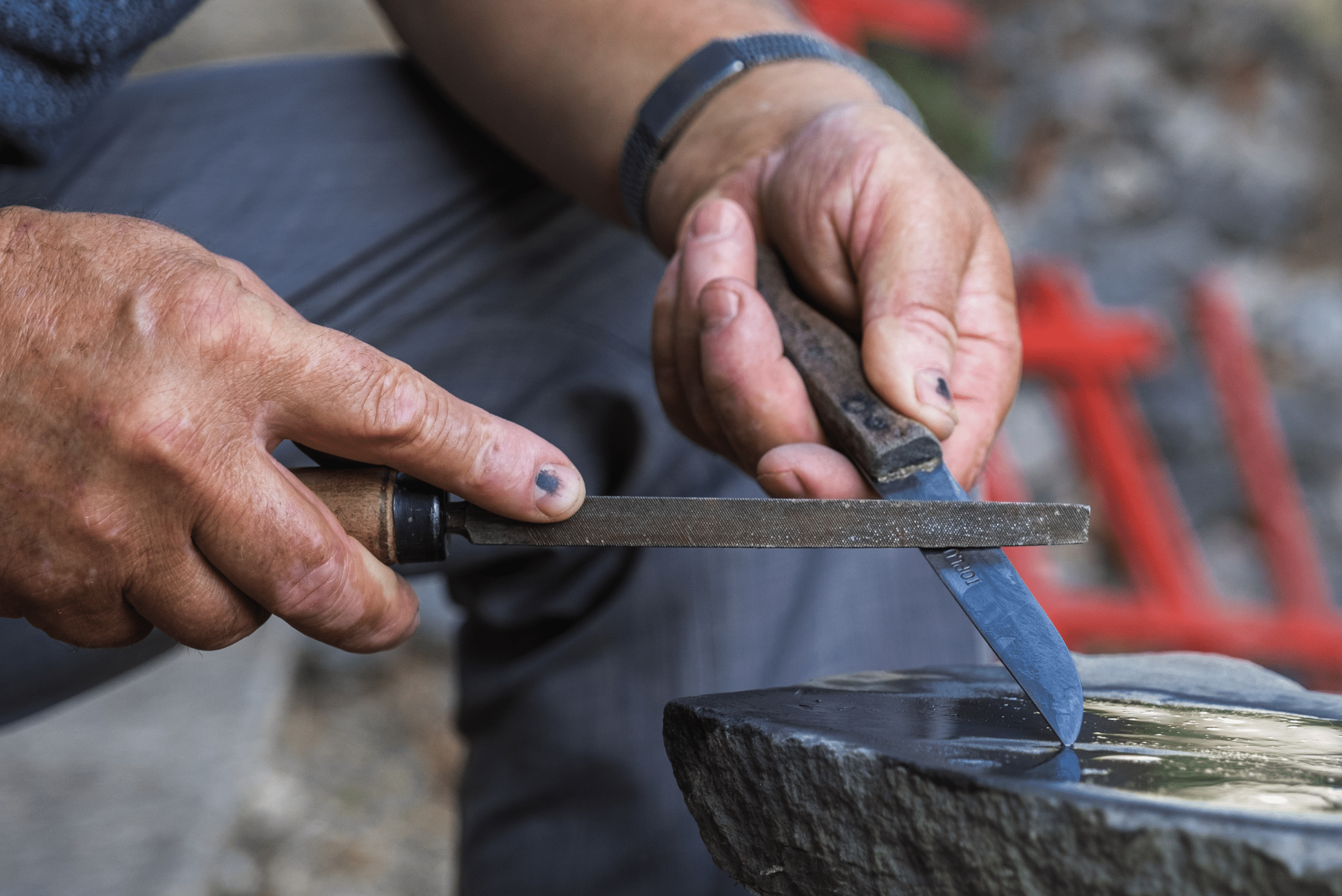
Related Articles
- How to: Sharpen a Pencil with a Pocketknife
- Step-by-Step Guide for How to Sharpen Lawn Mower Blades
- How to Sharpen and Care For Your Axe
Sharpening your knives is more than just a maintenance task—it’s a skill that enhances your cooking and cutting experience. Understanding the materials and tools ensures you treat each knife appropriately, whether it’s a chef’s knife, serrated blade, or outdoor utility tool. With practice and care, you can keep your knives sharp and ready for any task.
Ready to start your next project? Join our DIY community to receive tool tips, how-to guides, and exclusive creative insights. Subscribe to the ManMadeDIY newsletter now! Click here to unlock a world of hands-on inspiration.

